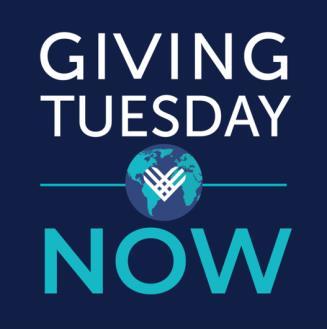Who are the ten disclosure leaders in chemical footprinting?
The public at large and investors in particular want businesses to be transparent about chemicals in products and supply chains, along with progress in reducing their chemical footprint. For example, The Sustainability Group at Loring, Wolcott & Coolidge, an investment firm, wants to know: “Does the company report publicly on goals to reduce its chemical footprint and its progress on that journey? To make informed investment decisions, we require reliable, replicable,… …
This week’s Toxic-Free Tidbit: Investors care about corporate chemical footprints and the CFP Survey! They tell investors how well companies manage their chemical risks. And the CFP Survey aligns with the Sustainability Accounting Standards Board’s (SASB) materiality metrics. Highlighted below are 1) the press release on the voting results for the recent shareholder resolution asking retailer giant TJX if & how it will reduce its chemical footprint and 2) the alignment of… …
A truly global threat like COVID-19 affects all of us, and toxic chemicals can affect immune system defenses against infections. Workers, vulnerable populations, and other groups at higher risk for disease can have their risk for serious illness increased by their exposure to everyday toxic chemicals. But Clean Production Action is changing this course. By developing a standard to eliminate PFAS in firefighting foam. By encouraging companies to measure and reduce… …
Announcement
State governments, which are at the frontline of fighting COVID-19, are also at the frontline of requiring businesses to disclose chemical ingredients in their products to consumers and public agencies. From California to New York consumers are demanding, and states are requiring, that companies disclose chemicals in cleaning, children’s, cosmetics, menstrual, and other products. But what are these disclosure requirements? And what can we learn from them? The Northeast… …
Since its founding in 2006, Clean Production Action’s BizNGO, a collaboration of forward-leading business people and the NGO community, has sought to inform and influence federal and state chemicals legislation and regulation. The American Sustainable Business Council (ASBC) since its founding in 2009 has made educating and engaging business leaders on state and federal chemical public policy a priority. Its “Companies for Safer Chemicals” initiatives have… …
Fact sheets & resources on PFAS alternatives
Clean Production Action teamed up with Ann Blake Environmental & Public Health Consulting and GreenBlue as an initiative of the Cancer-Free Economy Network, a growing collaboration of 50+ organizations working together in aligned, cross-sector projects to eliminate toxic chemicals associated with cancer and other chronic diseases, to create two fact sheets explaining the hazards of PFAS and how to avoid them when purchasing food service ware. What are PFAS? Chemicals… …





